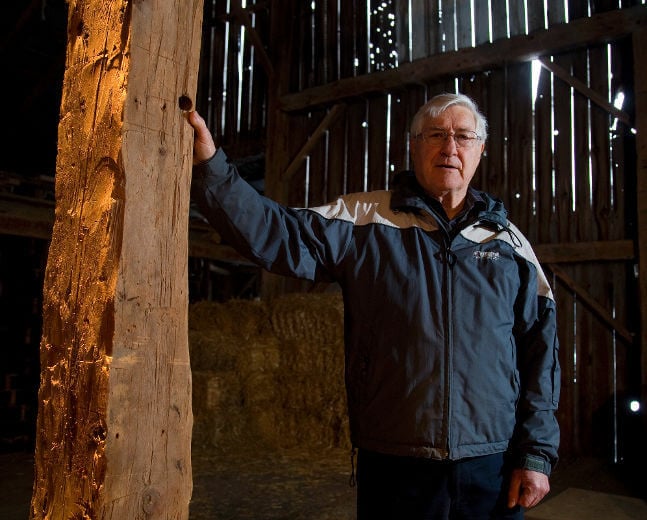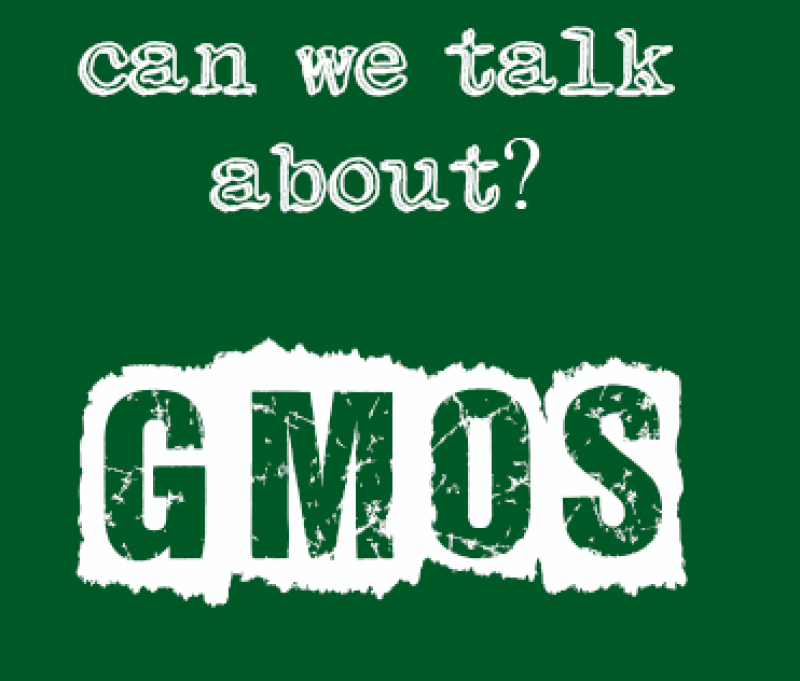A recent consultant’s report for Health Canada re-emphasizes the challenges facing those who believe modern methods for genetic improvement in agriculture mean important benefits for all citizens—and not just farmers and big companies. The report says that while most Canadians don’t know what “GMO” (genetically modified organism) means, they mostly consider these three letters to mean something bad and to be avoided. The same message comes from mainstream food producers and ingredient suppliers who are now paying to have their products labeled non-GMO, even when no genetically modified equivalent exists and when to do so is in violation of an (unfortunately unenforced) Canadian law.
Anti-GMO/technology activists and their media supporters have been very effective.
To counter, people sympathetic to modern crop technology say things like, “we in agriculture must tell our own story and not let others do it for us.” Unfortunately, very few who say that have any idea how difficult this is to do.
It’s easy to get media attention for claims involving dramatic negatives – for example, claims that GM crops cause cancer in rats or kill bees. This is even when the basis for the claim is highly dubious or totally fiction. An equivalent announcement that GM crops do not cause cancer or deaths is rarely newsworthy and gets no play, even if supported by years of scientific investigation.
When dedicated scientists and others take pains to expose the phoniness of the anti-tech claims, the process can take days, weeks or months to do so properly, and by then the news cycle has moved on. At best the counter information may merit a back-page paragraph. More likely, there will be no media attention at all. Sometimes the new information only serves to trigger a news outlet into repeating the original faulty claim. (The Economist discusses this phenomenon in September 2016 lead item called the “Art of the Lie”—mainly about US politics but the discussion is totally relevant to anti-tech activism. See also this good column by Gerald Pilger.)

I have been directly involved in communications about GM crops, pesticides and related technologies for many years, both as a former crop scientist and farm leader and as a commercial grain farmer. I have no magic formula for success—indeed I’ve more failures than successes—but I do have some experience and offer the following advice on how to communicate.
- The focus must be on trust, not facts per se. Many farmers say that the public must know much more about how food is produced. That’s true. But more important is to instill trust – that those who grow their food do so in a responsible, safe, humanitarian way. Facts and scientific support can be useful, but they are supporting cast at best. Be wary of “the curse of knowledge.” Knowing too much can mean excessive wordiness and dependence on statistics.
- The spokesperson is really important. Farmers have high credibility, even more so than public scientists, though scientists are quite good too if they avoid scientific jargon. There is low credibility for journalists, industry reps, environmental NGOs, and governments (reference here). The trust in farmers (69%) is higher than for farm organizations (52%). That means that a strategy based on farmers and scientists is on the right track – though less so, in my view, if the farmers/scientists are seen to be fronting for companies/associations associated with the production and sale of GM crop, pesticides, and related farm inputs.
- Focus on the interests and needs of the consumer –“ WIIFM” (“what’s in it for me”) – and not what’s good for farmers or agriculture. Usually “what’s in it for me” means personal health, satisfaction and family well-being. Environmental integrity is a driver, but only if it does not affect “me” negatively. As an example, Ontarians were once very supportive of governmental “green” electrical expenditures but changed when their electrical bills soared as a result.
- Use personal stories/anecdotes/incidents, along with enthusiasm and humor – far more effective than dry statements of facts.
- Be respectful of opposing opinion and try to understand its basis. Often the opposition to GMOs, pesticides and the like is based more on fears about big company control than about the technologies themselves. Those concerns need to be addressed.
- In addition to risk and hazard, there is the outrage factor. “I don’t care if it’s safe or not, how dare you put [chemical X) in my [food or consumer product]” Within reason, those who feel this way should have other purchase options. Fortunately, food retailers provide many.
- Ignore the trolls and extremists. We spend too much time arguing with the small vocal minority who will never change their mind. Focus on those who might. (This does not mean I object when writers take pains to expose the ludicrous claims of certain high-profile anti-tech advocates – indeed, I applaud their efforts – but I don’t believe that these reactions are all that effective in convincing the public at large.)
- Violate expectations. Say something new. Editors say they are most attracted to headlines and lead sentences which state the unexpected. It’s the “man bites dog” story appeal. GMOs and pesticides are not exactly new issues in the minds of many editors; they are looking for something different.
- Be scrupulously honest and accurate. Avoid statements which are so sweeping as to be only partly correct. I know that this often makes it more difficult to write dramatic headlines. But when we state half-truths, we are no better than those we oppose. And in an era of social media and published comments, erroneous statements will be exposed immediately. Be prepared to provide supporting documentation very quickly, when requested/challenged.
- Don’t count on professional societies to stand up for ag on controversial subjects (e.g., health and medical professionals). The same for university administrators who mostly want to avoid controversy. The same for big food and agri-business companies, too. They are in business primarily to increase shareholder profits, not to champion “what’s right.”
- Avoid negative risk comparisons. “Our product/process is OK because what others do is worse.”
- The medium is important. Most people, especially younger people, get their information from the Internet – and use two portals for doing so: Google searches and social media. But these portals typically lead viewers to columns and articles in on-line versions of print media or publications like Huffington Post which are entirely on line. Radio is important too: many people listen to it as they do their daily jobs or commute to and from work. I have always found main-stream television news to be especially difficult though I do note that a declining portion of the public gets its information from this source. Focus on the Internet.
There is no magic to this process. A column submission which is ignored by an editor initially might be received gratefully a month later on a quiet news day. There’s a large element of luck, and it’s a game of numbers – the more you submit, the more it’s likely to be published/read/used. But if the message is structured using guidelines such as I’ve suggested above, the odds of success should be better.
I’ll end with some special tributes – to @FarmFoodCareON and @FarmFoodCare for their efforts to communicate on all aspects of modern agriculture, @JonEntine and his @GeneticLiteracy Project which provide a continuing balance of views on agricultural technology, and to @MaryLeeChin whose advice is reflected directly in some of the points made above. This does not mean lesser appreciation to many other dedicated and gifted agricultural and food communicators whose names I’ve not mentioned here.
This article appeared originally on the author’s blog under the How to Communicate with the Public About GMOs and Related Farm Technologies and is being reproduced here with permission of the author.
Terry Daynard is a grain-crop farmer near Guelph, Ontario, Canada. He’s a former professor of crop science and associate dean at the University of Guelph, and former executive vice-president of the Ontario Corn Producers’ Association. Twitter @TerryDaynard































